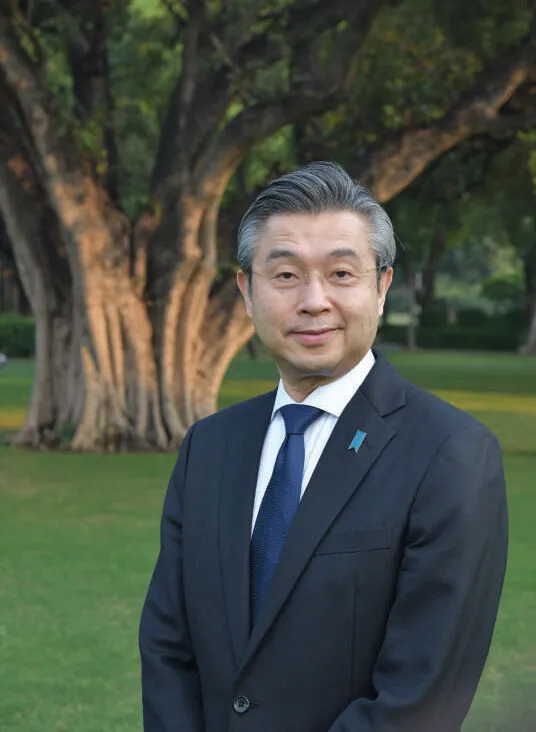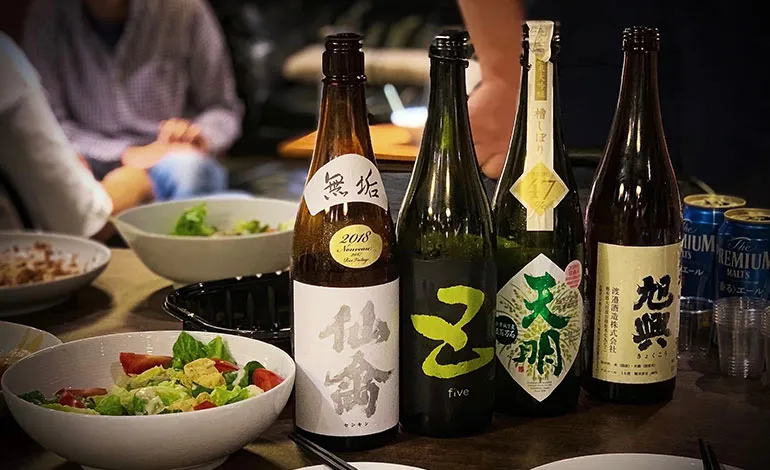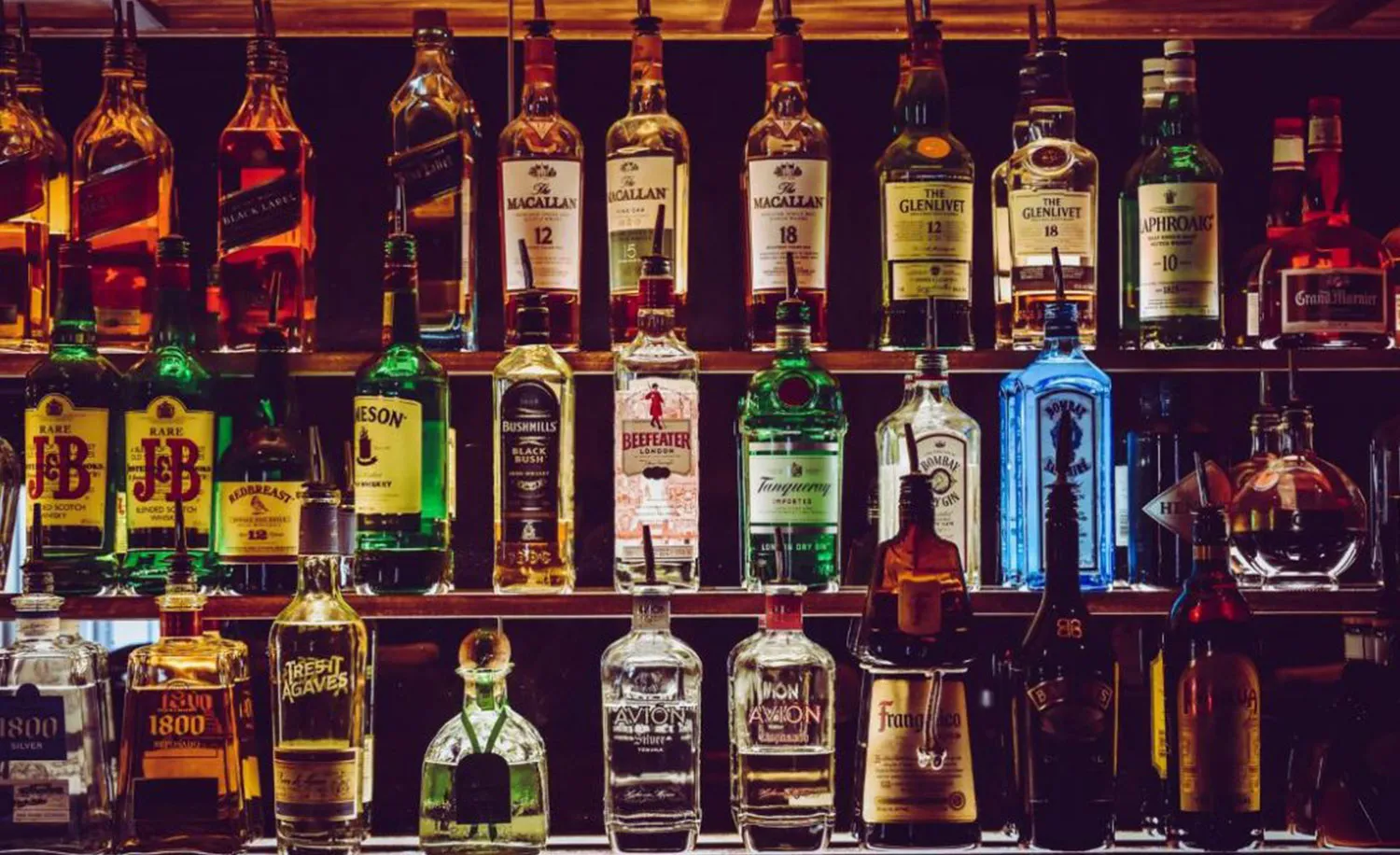Sake could spark Indian friends’ interests in Japan

The Embassy of Japan acted as a contact point and held discussions with concerned Indian authorities, to arrive at a solution to import Japan- made liquors in 2022. We hope that from this year onwards, sake imports will be further promoted and people in India will be able to enjoy a wide variety, says Excellency Hiroshi Suzuki, Ambassador of Japan to India, in an interview with Bishan Kumar.

Hiroshi Suzuki took charge in New Delhi, in November 2022. He has served in high-profile diplomatic positions across the globe. He also worked very closely with Japan’s former Prime Minister late Shinzo Abe in responsible positions. India is not new to him as he had visited the country several times in his various diplomatic capacities. He hopes to strengthen political, trade, investment and cultural relationships with India.
Besides other things, Sake and other Japanese beverages are important factors to build a deep connect with the Indian consumers. “Since Japan has resumed accepting individual travellers from October 2022, it would be a great pleasure if sake could spark Indian friends’ interests and encourage them to visit Japan,” he fervently hopes.
Traditional Beverage
Ambassador Suzuki goes on to explain that drinkers who are not familiar with sake need to be apprised that this is a traditional Japanese alcoholic beverage made primarily from rice, water and koji, and it has a variety of characteristics such as that of Burgundy wine, with the materials and climate depending on the region.
The term ‘Sake’ covers a wide range of sake types from ginjo-shu with a fruity-like aroma to Junmai-shu, which allows the original flavour of rice, and sparkling sake.
“Since the climate in India is hotter than in Japan, I would like to propose Sake on-the-rocks as a way of enjoying it in keeping with the Indian climate. Sake goes well with any kind of food. I would also like to recommend, for example, that you pair a well-seasoned Indian dish with junmai-shu on the rocks,” he suggests.

Preserving Natural Environment
Much goes into making sake and its quality and taste depends on the variety of rice and water used, as well as on the techniques used for sake making. The preservation of the natural environment as well as handing down traditional techniques are vitally important for sake making.
With the Sustainable Development Goals (SDGs) in mind, sake breweries in Japan have started cultivating rice on abandoned farmlands in the region and are engaged in activities to conserve local water resources.
Intangible Cultural Heritage
Traditional sake making, whose prototype was established more than 500 years ago, has been developed in accordance with the different climatic conditions of various regions in Japan and has been handed down to the present day; deeply connected with knowledge and experience of nature and climate. The Government of Japan has proposed ‘traditional sake making’ to be registered as UNESCO’s Intangible Cultural Heritage.
Ambassador Suzuki shares that in addition to sake, many other types of alcoholic beverages are produced in Japan, including whisky, gin, beer, wine, and plum wine. Although the history of these alcoholic beverages in Japan is shorter than that of sake (ranging from 100 to 150 years), Japanese craftsmen pursue quality with pride, and in the recent years, they have earned high reputation worldwide.
He goes on to share that due to the corporate efforts of Beam Suntory, the company’s Japanese whiskies– Hibiki, Yamazaki, and Toki as well as its craft gin Roku are reportedly very popular in India, especially in urban areas.








